Future humans: evolution. What is the future human species? How do we advance (using technology)? What is the future of the human body, humans and humanity?
Future human evolution
What will the humans of the future look like? Will we create and sculpt the ‘perfect’ human? In this article, I’ll zoom in on the future of humans – for instance by looking at different methods and techniques in the field of (biomedical) technology, the ethics behind them, and their impact. Here’s a short summary of some of the key elements of this:
#1. There is no single technology or method that will determine what the humans of the future will be or look like. Instead, they will probably embody a combination of techniques, such as pharmaceutical, electronic, neurological and genetic modifications.
#2. There is a very good chance that a new species will eventually emerge as the successor of our current species, the Homo Sapiens. This species will then be able to shape and model itself according to its own insights, for example extending their lifespan and/or having better cognitive and physical capabilities.
#3. Technological progress should not be seen in isolation, but is also influenced by cultural, moral, economic, political, legal and religious aspects. History shows that our morality concerning technology and human enhancement is dynamic and ever-changing. The arguments that we currently use for or against human enhancement might be outdated in 10 years’ time.
#4. Questions about our overall human values, needs, desires and incentives are just as important as our insight into the individual scientific and technological domains. If we can shape ourselves into whichever type of human we want to be, the question: what kind of human do you want to be, and what kind of humanity do you want to live in? becomes a key question.
#5. The impact of human enhancement technology also has implications for social and cultural aspects of our society. That’s why this topic calls for continued public debate. I will come back to these key elements later on in this article, with additional insights and arguments.
Future of human species
What does the future hold for humanity? What will the future of mankind look like? That’s a question that has occupied the minds of philosophers and great thinkers, as well as writers, artists and filmmakers, for centuries. That is why I often like to refer to books, movies, TV shows and art when I talk about the future of mankind.
Other articles about artists: human enhancement movies, transhumanism movies, and transhumanism art.
Structure of this article
The structure of this article is as follows.
- What are some methods to develop ourselves into future humans?
- A prediction: what do future humans look like?
- What are arguments and critics?
- The identity of humans
- A proposed solution
- My conclusion
Finally, I’ll present a list of resources with related and relevant articles, books and websites.
Interview future of our species
I had an interview with Jane Metcalfe, co-founder of Wired and founder of Neo.Life about the future of our species on my YouTube Channel.
Which methods are available to significantly enhance yourself?
Future of the human body
What methods are available in order to modify and enhance yourself? In a previous article I wrote on human enhancement, I created an overview of the different methods you can use to upgrade and enhance yourself. At the moment, these are the most important methods:
- Genetic modification (DIY);
- Replacing or augmenting body parts;
More on the potential of these methods and on how they work below. Other articles are about certain methods, like human enhancement genetic modification or performance enhancing drugs.
Genetic modification DIY
Is it also possible to adjust your genes if you are already an adult? The answer to this is yes, although little is known about efficacy and effect.
The first (experimental) treatments are already being done with this in medicine. In leukemia patient Emily Whitehead, for example, the immune cells were genetically modified to make them stronger [link at the bottom]. Another example is the treatment of certain eye disorders with gene therapy [link at the bottom].
It becomes more ethically exciting when it comes to healthy people who want to improve themselves genetically. A number of examples that are also covered in other articles on my blog:
- Elizabeth Parrish claims that she has been able to rejuvenate her body with gene therapy. The purpose of the intervention was to extend the length of the telomeres, which are the ends of the chromosomes, [link at the bottom];
- Tristan Roberts has applied experimental gene therapy to himself with the aim that his body would make antibodies against HIV. I interviewed him about this for my YouTube channel.
- Josiah Zayner says that he has applied CRISPR / cas9 to himself to limit the effect of myostatin in his muscles [link below]. Myostatin is an inhibitory growth factor for muscle development. Zayner’s idea was spectacular muscle growth, something that failed, incidentally.
Certainly in the first case of Elizabeth Parrish and Josiah Zayner you can speak of human enhancement. The case of Tristan Harris falls under biohacking rather than human enhancement. He experiments with biomedical technology with his goal being to become better than others.
Replacing or augmenting body parts
Exoskeletons or prostheses are tools to restore or augment human capacities. A prosthesis replaces a body part such as a hand or foot, while an exoskeleton supports the body in performing a certain movement or task.
The difference between this category and bioelectronics, is that the latter often encompasses external operations or interventions – although prostheses and exoskeletons are sometimes also linked to the brain or nerve endings of the body.
Prosthesis
Prosthetic implants exist in many different varieties. Three good examples that illustrate this are athlete Oscar Pistorius, musician Jason Barnes and Tilly Lockey.
The most famous examples can be seen in the Paralympic Games. South African runner Oscar Pistorius, for example, has two prostheses that replace his lower legs and feet. He was also known as the Blade Runner, although he can’t exercise his sport now because of a prison sentence [link at the bottom].
Interestingly, non-Paralympic athletes protested during his active career when Pistorius himself suggested that he wanted to participate in the regular Olympics. Athletes called this a distortion of competition, citing that Pistorius would have an unfair advantage with his prostheses.
Bionic musician
In addition to the sports realm, there are also a few examples from the music industry. Drummer Jason Barnes lost his hand in an accident. The Georgia Institute of Technology helped provide him with a bionic hand, which allows him to make music again [link at the bottom]. The extraordinary thing is that he is now the fastest drummer in the world. His bionic arm can move faster than humanly possible.
The third example is Tilly Lockey. As a baby, she lost both her forearms due to meningitis. Her bionic arms have pressure sensors and precise motion motors. These even enable her to paint and to apply her own make-up [link at the bottom].
Future of prostheses
An interviewer asked me if I would want to replace one of my healthy body parts with a bionic one. I replied that I was still too attached to my current biological limbs and that I won’t be replacing them anytime soon. But what will the future look like?
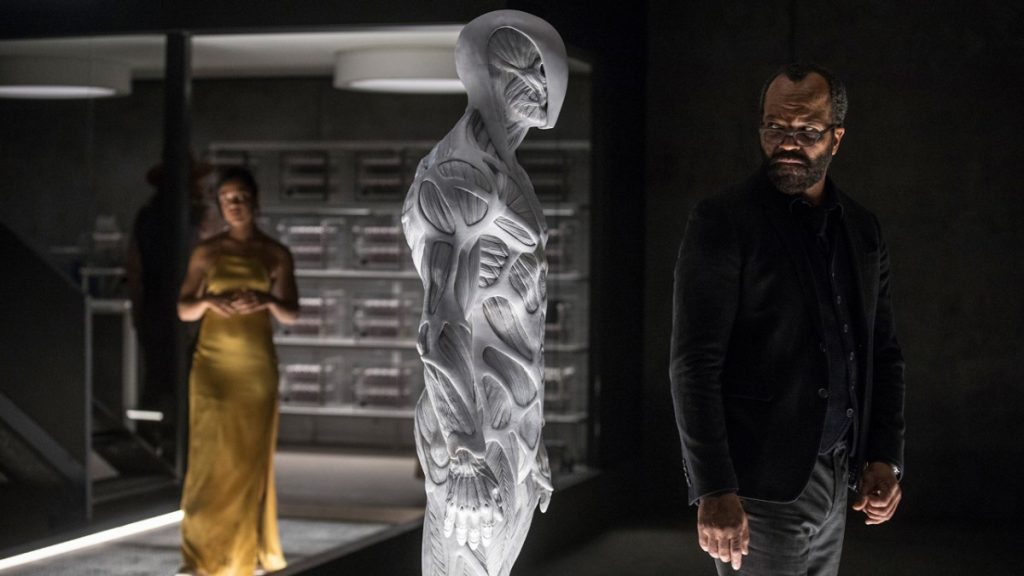
How long will it take before the human enhancement methods I mentioned before become available? Is it possible to predict the looks and capabilities of the humans of the future?
Prediction human of the future
New technologies are developing in a much faster, more radical and more unpredictable way than social, economic and cultural institutions can keep up with. Take the internet for example, which in just under 20 years has developed into a force with a huge impact. Social, political or cultural changes generally take place much more slowly, often spanning several generations.
The combination of genetics, nanotechnology and information technology will create a new species
Ray Kurzweil (author and transhumanist)
What does this discrepancy in pace say about the future of mankind? Let’s take transhumanist Ray Kurzweil’s vision on this [link at the bottom]. He thinks that the combination of genetics, nanotechnology and information technology will create a new species. People will be able to redesign their own bodies and brains, along with new forms of artificial intelligence. As a result, a new artificial species will be created that is much stronger, more versatile and more capable than its biological predecessors.
Network
Kurzweil’s vision mostly focuses on the future of humans as individuals. Professor Braden Allenby mainly considers the perspective of our species from that of the collective [link at the bottom].
In an interview he stated: ‘We are used to thinking about ourselves as Cartesian individuals, separated from nature and other people. But if you look at our cognitive processes, you see that those have already changed. We’ve already outsourced a lot of our thinking to technology. Some people can no longer read a map because they always use an app to navigate. That’s just the beginning.’
According to him, this will ultimately lead to a world where individual humans are no longer the center of everything. Individuals are simply part of a much larger system there. Is that the human of the future?
We’re already partially integrated into a larger network outside our bodies
Professor Braden Allenby
Allenby: ‘The body will still have human components, but it will in no way resemble what we now call ‘human’. That might sound crazy, but it’s already happening. See how merged we are with our phones. This means we’re already partially integrated into a larger network outside our bodies.’
Sidenote
Michael Bess has a few critical notes on the ideas of Kurzweil, Allenby and other transhumanists. History has shown, for example, that developments follow an ebb and flow pattern, and are often not linear. For example, there was a lot of progress in the nuclear physics field in 1940, but a lot less in the years after.
Moreover, developments are interlinked (and can therefore accelerate or inhibit each other) and technological progress is, to a large extent, shaped by human choices.
Human decision-making
I look at the concept of human choices from a broader perspective. These choices can be institutional, religious, political, legal, commercial, economic and individual decisions.
This is also supported by Professor Majid Tehranian. He argues that technology is always developed from an institutional need, and that its impact is always mediated by a system of institutional arrangements and social forces, of which technology itself also forms a part.
In short, technological developments always takes place in a much broader context. Technology and science about human enhancement and modifications are no exception.
Case study: embryo modification
Take, for example, the modification of the DNA of embryos, an example that I described earlier on in this article. At the end of 2018, the discussion about modifying the genes of embryos gained a huge momentum as a result of the work of the Chinese scientist He. And many more factors play a role in these discussions than just rational scientific arguments.
For example, there are rumors that the criticisms of other scientists are also related to jealousy and envy, there are companies that see commercial opportunities this, religious leaders have condemned the deed, and there is an economic arms race around genetic modification going on between China and the United States.

What are the arguments for and against using technology for human enhancement?
Arguments – for and against
These are the arguments that are often put forward by advocates of human enhancement:
- It is a logical next step in the evolutionary process in which humans have gained more and more control over nature and life;
- There is no fixed palette of qualities or characteristics that make us human. In fact, our most distinctive features are our restlessness, endless curiosity and search for new capabilities and experiences.
- Evolution by natural selection has provided us, as humans, with arbitrary favorable and unfavorable characteristics. It is better to control the evolutionary process ourselves, so that we can adapt our bodies according to our values.
- We should strive to minimize human suffering and maximize human well-being. Using technology, we can achieve this and break free from our limitations
- The pursuit of our unlimited potential (with the help of science and technology) is what gives meaning to human life.
These are the arguments that are often put forward by opponents of human enhancement:
- Modifying the human body is tantamount to playing God (or for secularists: disturbing the natural balance).
- We risk destroying or interfering with the core of what makes us human.
- By modifying mankind, we disrupt our own human dignity.
- Human nature finds its origin in processes that we cannot explain. It’s reckless to think that we can control everything on earth.
- Our limitations make us human. Our mortality, our faults and our limited understanding of ourselves and the world, is precisely the essence of being human.
My opinion
What about you? Which team would you pick? I personally agree with some of the arguments put forward by both the proponents and the opponents, but I’m more inclined towards the pro-enhancement team.
Using science and technology, humans have controlled nature in different ways for centuries. Think for example of agriculture and breeding, or helping sick people with medicine and operations. On the other hand, I do also agree with the argument that human beings shouldn’t become overconfident, and that our limitations define us.
The key question is therefore: what kind of person do you want to be, and what kind of humanity do we want to become together?
Later in this article I will return to this question, considering both about how you can answer it for yourself and how we can address it as a society.
Enlightenment and Romanticism
The polarization between supporters and opponents of these developments might seem to be a contemporary phenomenon, but as is often the case, it actually dates back to an older discussion about our ideas on mankind. Michael Bess refers, for instance, to the Enlightenment thinking of the 18th century and the conservative and Romantic reactions that followed.
For many Enlightenment thinkers, such as Voltaire, Locke and Kant, the core of humanity lies in concepts such as progress, the pursuit of perfection and the development of social and moral evolution. Ultimately, human rationality would provide better people, a better life and a better social order.
Conservative thinkers
In response to these theories, conservative thinkers such as Edmund Burke proposed an alternative view of mankind. The central point in his work was the limitations of mankind. In Burke’s view, humans consist of a complex mix of positive traits, such as generosity, and negative traits such as greed and cruelty.
If these philosophers and their contemporaries were alive now, the Enlightenment thinkers would be enticed by the possibilities of human improvement. The conservative intellectuals of then would rather join the enhancement-opponents of today.
History
Yet using technology is also a human characteristic. In an interview Professor Peter-Paul Verbeek explained that technology makes us human. Unlike other animal species, we are fairly limited physiologically. We don’t have a thick coat (but we do have clothes) and we don’t have sharp claws (but we do have knives and weapons). Above all, we have the awareness and the imagination to invent techniques and technologies that make our lives better and easier.
Glasses
Peter-Paul and I also gave a presentation at an event in the Stadsschouwburg in Amsterdam (the Netherlands). Peter-Paul gave several historical examples that illustrate our changing morality when it comes to using technologies and techniques in our lives. In the past, bad eyesight was something that you just had to live with. Peter-Paul stated, semi-jokingly: ‘God gave you good or bad eyesight, and only Jesus can change that.’
Anesthetics
Another example is anaesthetics. Gerard de Vries, emeritus professor of Philosophy of Science, wrote about the introduction of anaesthesia in the middle of the nineteenth century [link at the bottom]. According to De Vries, this was accompanied by ‘fatalistic specters’ and ‘apocalyptic rhetoric’. The reason at the time was that pain was considered undeniably part of healthcare. And so the logic was: if there is any type of intervention in the human body, you must feel it. ‘It’s immoral to use anesthetics.’
If there’s any type of intervention in the human body, you must feel it. It is immoral to apply anesthetics.
Gerard de Vries (University of Amsterdam)
Nowadays, our society finds it inhumane not to help someone with glasses or contact lenses if they have vision impairments. Let alone that we would consider it immoral these days not to use anesthetics during a surgery.
These examples illustrate that the techniques we use for human enhancement are influenced by the historical context. What we now consider abnormal and unacceptable, could be regarded as normal and acceptable by future generations.

What does it mean to be human?
Future humans identity
The more opportunities we have to modify ourselves or our offspring, the more important ethics become. Ethics is defined as the science that examines whether certain actions can be qualified as right or wrong. I’ve previously written an extensive article on technology ethics [link at the bottom].
A starting point in this is our identity as humans. Can we use that as a framework to compare and assess the ethics of different enhancement methods and techniques? Although this might seem like a good idea at first glance, it is very difficult to define ‘identity’ as a concept.
What makes us human?
I’ll start from the concept of identity nonetheless. Something that has inspired me in this, is a course by the VU Amsterdam about genetic modification. Matthias Smalbrugge is Professor of European Culture and Christianity at the VU. In his lecture, he pointed out that it is difficult to determine what makes us human.
In the past, philosophers and thinkers spent their time looking for the essence or the core of being human. Modern theology has rejected this concept, and instead looks at characteristics, behavior, stories and connections.
This is also in line with the ideas of Professor Peter-Paul Verbeek. Humans are able to design themselves, to be aware of this and to take responsibility.
Identity is privilege and doubt
During his lecture, Smalbrugge also referred to the concept of identity. According to him, identity is not only a privilege, but also a field of doubt and struggle. In addition, identity is more dynamic and less fixed than in the past (think of gender for example) and can also be made-up (on social media).
Identity does not stand in the way of medical care and curing diseases. Professor Martina Cornel also indicates this in an interview: ‘In order to develop as a human being, in the fullest sense of the word, you need to be restricted as little as possible by diseases. [Sickness] does not make you who you are, it doesn’t produce your identity, it’s actually more likely to suppress it.’
Climbing with Plato
When it comes to using technologies for enhancement, rather than curing diseases, that’s a different matter. One way to put this in perspective, is to look at what differentiates us from animals. As an organism, one way humans can be distinguished from animals is through our thinking capacity.
Our capacity to think enables us to imagine and picture the future, but also to shape ourselves as individuals. According to Smalbrugge, this is a centuries-old notion.
Plato argued that humans need to break free of their chains and climb out of the cave. But I personally wonder: would Plato also feel this way if he looked at all the different human enhancement opportunities we have now, and will have in the next few decades?
Ethical framework
Together with Professor Peter-Paul Verbeek, whom I mentioned before, I was a guest in a ten-part podcast series (in Dutch), titled Bionic Man. A few things stood out to me from our conversations. These insights are mainly related to Peter-Paul’s academic domain, which is technology ethics.
- Cautious
- Pace of ethics
The first insight is that we, as humans, must be cautious when it comes to overconfidence. The words hybrid and hybris originate from the same etymological source. The Greeks already realized that blending (of man and technology) can lead to overconfidence.
The second insight concerns the pace at which ethics moves. The Collingridge dilemma refers for the constant race in which ethics tries to keep up with technology. Moving either too slow or too fast is not desirable: ideally, ethics would move at the same speed as the developers and development of a technology.
Challenging our values
Building onto those two insights from the Bionic Man podcast, I also think it’s good to investigate the impact of each technology individually. I will elaborate on this later, but in my opinion, it is pointless to talk about human enhancement technology in overly general terms, and it is better to assess technologies on a case-by-case basis.
In order to find the right equilibrium between being too cautious or too overconfident, it would be nice to juxtapose the technology with the values that we, as a society, consider important. Then we could decide if, when, where, and how we could use that technology. In other words, how does the technology in question challenge our values, and how do we feel about that?
Human values
Before we can contrast technology with our values, we have to answer the question of what our most important human values are. Michael Bess has defined ten values, six of which are focused on the individual and four of which are focused on collective characteristics. These are the individual values, with a short description:
- Safety: physical and mental safety;
- Dignity: to be seen and respected as an individual;
- Autonomy: freedom in shaping your life;
- Fulfilment: using your human capabilities, such as your imagination and curiosity;
- Authenticity: knowing your personal traits, interests and motivations;
- Practical wisdom: actively dealing with setbacks and learning from them;
These are the collective values:
- Honesty: equal rights and duties in society;
- Connection: in the form of friendships, love and family relationships;
- Citizenship: participation and involvement in social and political issues;
- Transcendence: transcendence of your own life through, for example, faith or spirituality.
After assessing the importance of these values, the next step is to see how they match up with a new technology. It is possible that some values are at odds. Take a technology that connects you to others and to the internet using a chip in your brain. This could have a positive effect on your sense of fulfilment (combining ideas more quickly) and connection (communicating directly with your friends), but a negative effect on your autonomy (organizations will have access to your brain) and honesty (not everyone wants to or can use this technology).
From values to behavior
The solution to see how a technology holds up when we compare and contrast it with our values is definitely attractive from a theoretical point of view, but it does have some drawbacks in practice. Apart from dealing with values that are at odds with each other, there are several other difficulties as well.
First off, it is difficult to reach a collective agreement on which values we consider important. Everyone agrees that a new technology should not kill or injure another person. But once we start making national or even global agreements about what should and shouldn’t be allowed, other interests such as economics, politics and power soon begin to play a role.
Also related to this is who actually makes the decision. For example, there are cases of deaf parents who, on the basis of genetic tests, would like their child to be born deaf [link at the bottom]. These parents fear that otherwise, their child might not fit in with their community. This is an interesting case, because who should be in the lead when making this decision? The parents, the physician or society?
Secondly: people, including myself, make irrational or contradictory decisions. For example, I might think that citizenship is a very important value, while I myself am not involved in civil society in any way. Or I might say that honesty should not be trivialized, but still want to buy an expensive bionic arm from a competitive point of view, so that I get a head start over others.
Humanity
Perhaps the most important question is ‘what kind of humans we want to be’ [link at the bottom]. The question is what being a ‘better human’ means. I don’t think that’s necessarily about being a smarter human, but what is it about then? What (and who) determines what makes a person good or better?
The human condition, in its wonder as well as its woe, is defined by uncertainty and risk, ambiguity and intuition, stupidity and spectacular creative intelligence.
Stephen Greenblat (author)
This is in line with a strong statement by author Stephen Greenblat in The Guardian. He was asked about his opinion on Neuralink, the chip in the brain that connects you to the internet and to others. Greenblat: ‘The human condition, in its wonder as well as its woe, is defined by uncertainty and risk, ambiguity and intuition, stupidity and spectacular creative intelligence.’
Greenblat fears that the potency of a chip in the brain will destroy all of this. That’s an excellent statement to end this section with. For Greenblat, these uncertainties, risks and other characteristics are precisely what makes us human. He argues that we shouldn’t tamper with that.
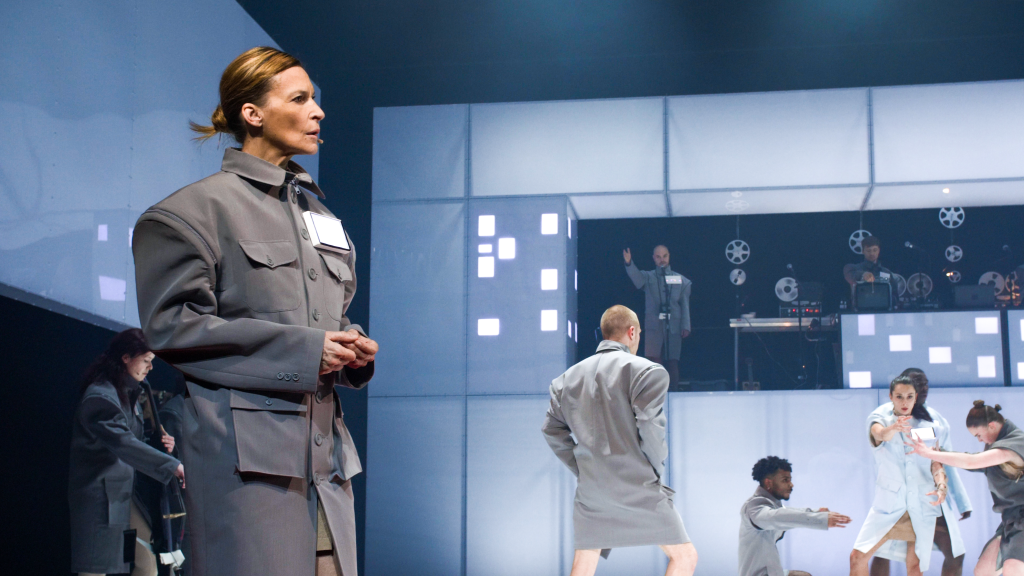
What are some potential solutions to the dilemmas and challenges that human enhancement poses? What is the role of government when it comes to citizens’ freedom of choice to enhance themselves?
Solution
The idea in the previous section – to compare technology with human values and see how it holds up – has its merit, but we can’t stop there. Then we would risk getting stuck assessing the direct impact of a single technology.
In their book The Techno-Human Condition, Braden Allenby and Daniel Sarewitz distinguish three levels on which technology has an influence [link at the bottom]. In addition to the direct impact of a technology (level 1), they also distinguish the influence on sociotechnical systems, social and cultural patterns (level 2) and the impact at global level (level 3).
An example of the second level is the way in which technology is driven by economic or military motives. Then we can no longer talk about the individual’s free choice from level 1. An example of the third level is the previously described biological difference between enhanced people and non-enhanced people.
Broader discussion
In an essay published by the Rathenau Institute, Van Keulen and Van Elst argue that the second and third levels of influence should be given a more prominent place in the debate on human enhancement technology [link at the bottom]. ‘There is a lot at stake here, and it is important to look much further than just looking at the individual instrumental level.’
There is a lot at stake and it is important to look much further than just looking at the individual instrumental level.
Ira van Keulen en Rinie van Est (Rathenau Institute)
The authors also make a number of suggestions that I support, about technological citizenship, the role of institutions and social debate. I have explained these notions below, together with my own arguments and justification. For a more detailed description and explanation of their suggestions, I’d like to refer you to the essay itself [link at the bottom].
Technological citizenship
The main question is how we can develop technologies for human enhancement in a social and responsible manner. This means ensuring that the technology is in line with the shared moral principles in society and determining this among ourselves democratically. According to Van Keulen and Van Elst, this quest for the right balance is still a human job or effort.
In order for everyone to be able to participate, we need technological citizenship. This term refers to a set of rights and obligations that protects citizens from the technologies’ risks and threats, allows them to benefit from the advantages and allows them to participate in the decision-making.
Education
Education plays a crucial role in the development of technological citizenship. This isn’t just limited to higher education, but also goes for primary and secondary schools. The aim is to provide children and young adults with tools that enable them to have an informed debate with each other (and with the rest of society) about the role of technology in their lives and in society.
That not only includes having basic knowledge about science and technology, but also gaining insight into your personal motives and core values. This provides good opportunity for subjects such as philosophy, ethics and meditation in the school curriculum.
Government
The words ‘rights’ and ‘duties’ also appear in the definition of technological citizenship. This is not without reason. Van Keulen and Van Elst argue that rights and obligations must be affirmed, put in writing, and implemented democratically. This is reflected, for example, in laws and regulations and their enforcement.
Perhaps we would need a new assessment body for this in Europe, or even on a global scale. This new body, which has yet to be set up, would monitor and assess the research on and application of human enhancement techniques.
International cooperation
It might sound naive and idealistic, but it would be even better if such an institute were to operate globally. International agreement reduces the risk that individual countries, be it due to military, political or economic interests, formulate and enforce their own national legislation less strictly.
The role of the government is broader than just legislation and regulations. As I already mentioned, the government plays a large role in steering research into technology and its application, for instance through taxes and subsidies. How far governments want to go in this respect is in essence a political and social choice once again.
Public debate
The development and application of technologies for human enhancement requires a continuous public debate. Senior lecturer Britta van Beers also advocates for this. She refers specifically to germ line modification in the article, but in my opinion, her statement is widely applicable.
A technology that affects the future of human reproduction merits a democratic debate.
Britta van Beers (University of Amsterdam)
Van Beers: ‘A technology that touches on the future of human reproduction merits a widely supported democratic debate, in which everyone, and not just the scientific community, is invited to reflect on the question of what kind of future we want for ourselves and future generations.’ She argues for this because technology – in addition to the health risks, of course – also puts several fundamental values at stake.
Essential to the debate
I’ve already talked about several important elements, including technological citizenship, education and the role of the government. But what about the debate itself? According to scholar Bert-Jan Koops, the public debate calls for clarification, broadening and deepening.
- Clarification. As you’ve read in the first part of this article, there are many different technologies that could be used for human enhancement. Talking about ‘the’ superhuman in general terms, doesn’t make much sense. It’s better to determine for each application in what phase of development the technology is, and what the ideas about its (future) use are based based on.
- Opening up. Everyone looks at technology from their own perspective. At the moment, the scientific and technological points of view dominate the debate. But it’s better to answer fundamental questions from a multidisciplinary perspective, which also includes humanities, philosophy and the social sciences.
- Deepening the debate. Even more relevant than focusing on individual technological developments, is to discuss more in-depth questions with each other. This concerns, for example, the question of what we want the human of the future to look like, what role our beliefs about life should play in our decisions, and who gets to set the boundaries.
In my keynotes and presentations about the future of mankind, I always try to bring these elements to the fore myself as well. These are very complex issues, but they do concern the future of ourselves, our society, and us as a species.
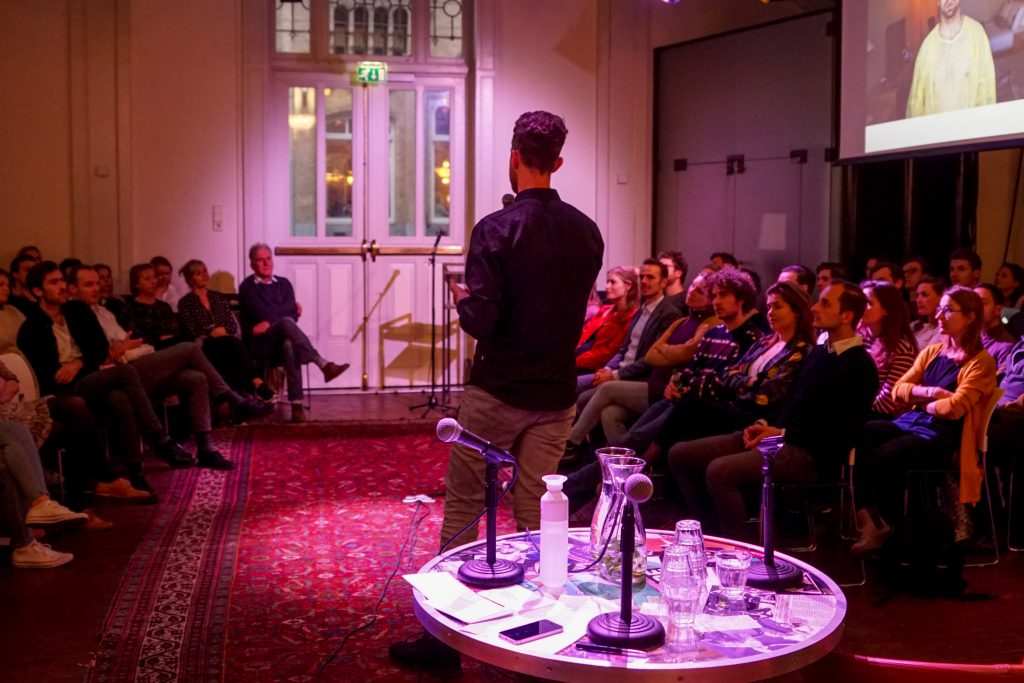
What is my (preliminary) conclusion?
Conclusion
Scientific and technological developments have a huge impact on the world. Their impact is not limited to the outside world in the form of self-propelled or flying cars, smartphones, cryptocurrencies and space travel, for example. The term ‘Jetson Fallacy’ means that all of these developments will also have an impact on ourselves, as humans.
The term ‘Jetson Fallacy’ stems from the cartoon series The Jetsons. The essence of this fallacy is that the family in this show lives a hundred years into the future, but haven’t changed at all as humans. Nor have their relationships or their social and cultural behaviors.
Given the scientific and technological developments that are taking place, it is highly likely that future generations will be able to shape and modify themselves more and more. The aim of this article was, in particular, to make it clear that these new opportunities also go hand in hand with many more responsibilities.
Will the human enhancement methods I described result in a richer, longer, more beautiful and fulfilled life? Or will they lead to a divided society, the loss of human dignity or even the destruction of our species? The choice is up to us as human beings, in our individual and our collective choices.
Human sustainability
I hope that this article provides an impetus to dealing with these choices. Individually, by subjecting and comparing new technologies to your own values, and collectively by means of a clear, open and in-depth public debate.
A concept that can prove useful in this is human sustainability. In the essay I mentioned before, by Van Keulen and Van Est, this is defined as follows: ‘Human sustainability is about the preservation of human individuality: which aspects of humans and our humanity do we see as makeable, and which aspects do we want to preserve?’
My strategy
The best way to guarantee human sustainability is not to naively embrace technological and scientific developments, but also not to simply bring everything to a halt. Progress has given us, as human beings, an awful lot; think of examples such as glasses, anaesthesia, and the increase in prosperity and longevity in the world.
I myself have chosen to opt for a strategy of ‘cautious progress’. This is a combination of trust and humility. Trust and openness towards the opportunities for the future. Humility to slow ourselves down, with some help from our lessons of the past.
The moral of this strategy is to embrace progress. At the same time, we have to make sure to try and implement the use of these technologies critically, with incremental steps and sufficient caution.
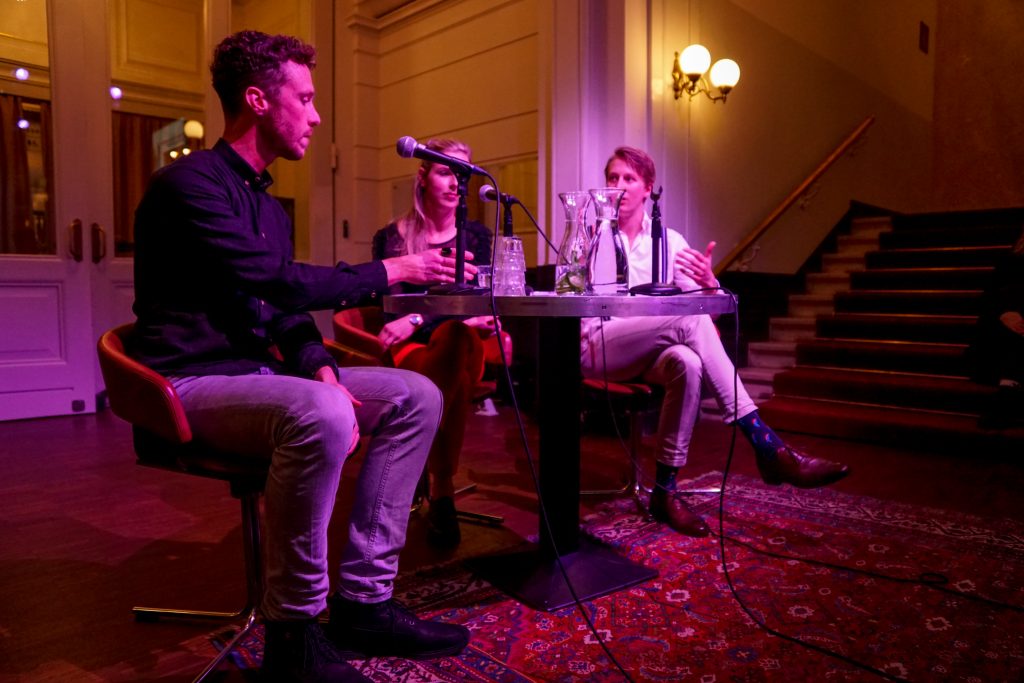
Here you can find more resources.
Resources
I also wrote the following articles on this subject:
- What is human enhancement?
- What is human augmentation?
- What is transhumanism?
- What is biohacking?
- What is the superhuman?
I also give keynotes and presentations on these subjects:
These are related articles:
- What is anti-aging?
- How can you live longer?
- What is technology ethics?
I have also made the following videos on this subject:
- Interview with Aubrey de Grey about living longer
- Interview with Agi Haines about the art of human enhancement
- Interview with Liviu Babitz’ implanted compass
These are audio interviews on this subject:
- Interview with Elsa Sotiriadis about sciencefiction and future of humans
These are related courses I have followed and events I have participated:
- Training Biohack Academy
- Conference CRISPRcon
Technology: genetics
- Article genes eye color
- HERC2 gene information
- Documentary DNA Dreams
- Article recombinant DNA
- CRISPR/Cas9 Research
- Article Emily Whitehead
- Article Genetic modification of the eye
- Overview CRISPR/Cas9 startups
- Article Josiah Zayner
- HIV gene research
- Article DNA mitochondria embryo modification
- Article Jiankiu He 1
- Article Jiankiu He 2
- Article Jiankiu He 3
- Article genetic modification sperm cells
- Article genetic modification embryo George Church
- Research into the correlation between intestinal flora and depression
- Article transplantation intestinal flora DIY
- Article size virome
Humanity
Solution
- Essay Rathenau Institute
Other
How do you look at our future as humans? Leave a comment!

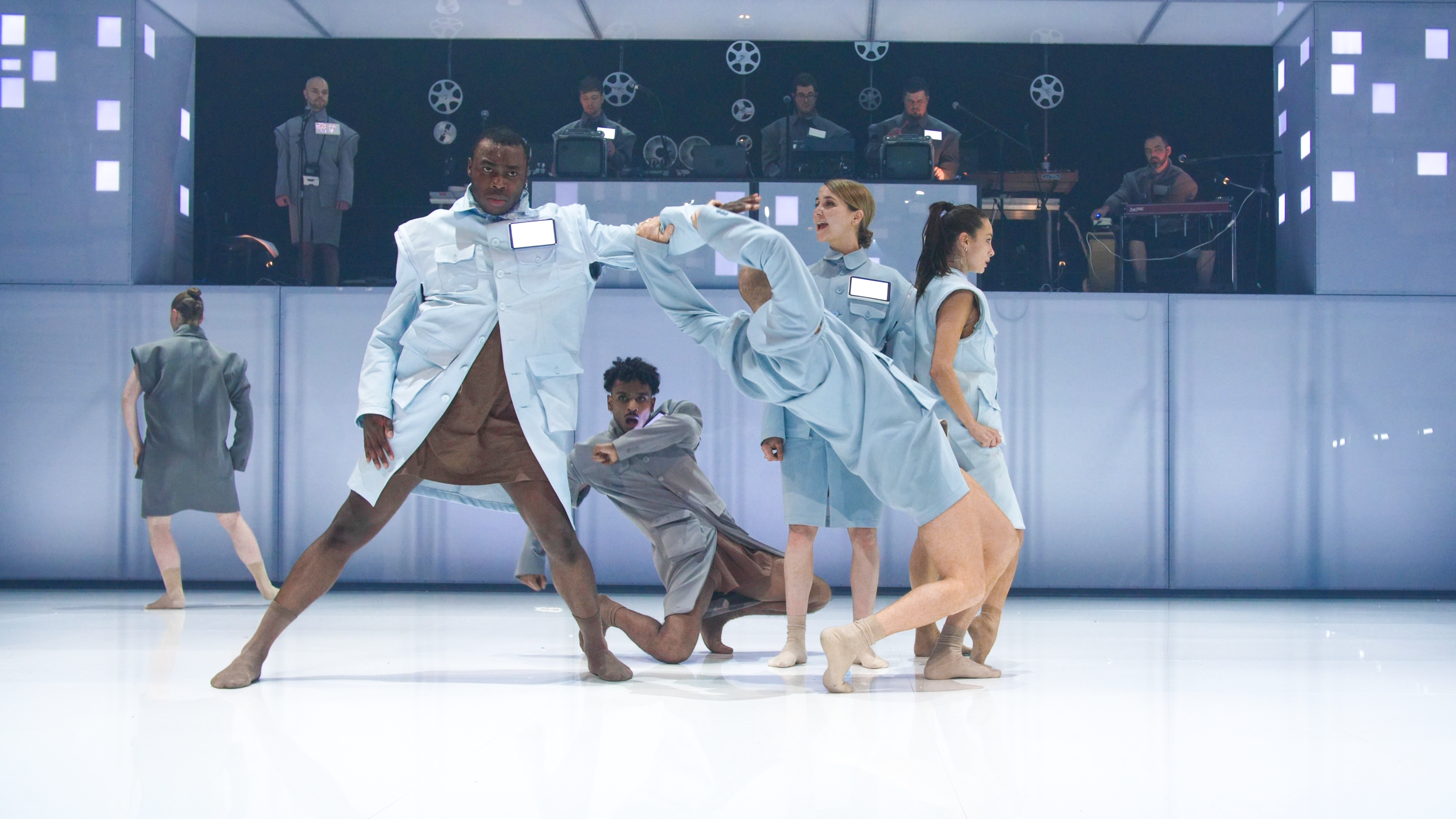
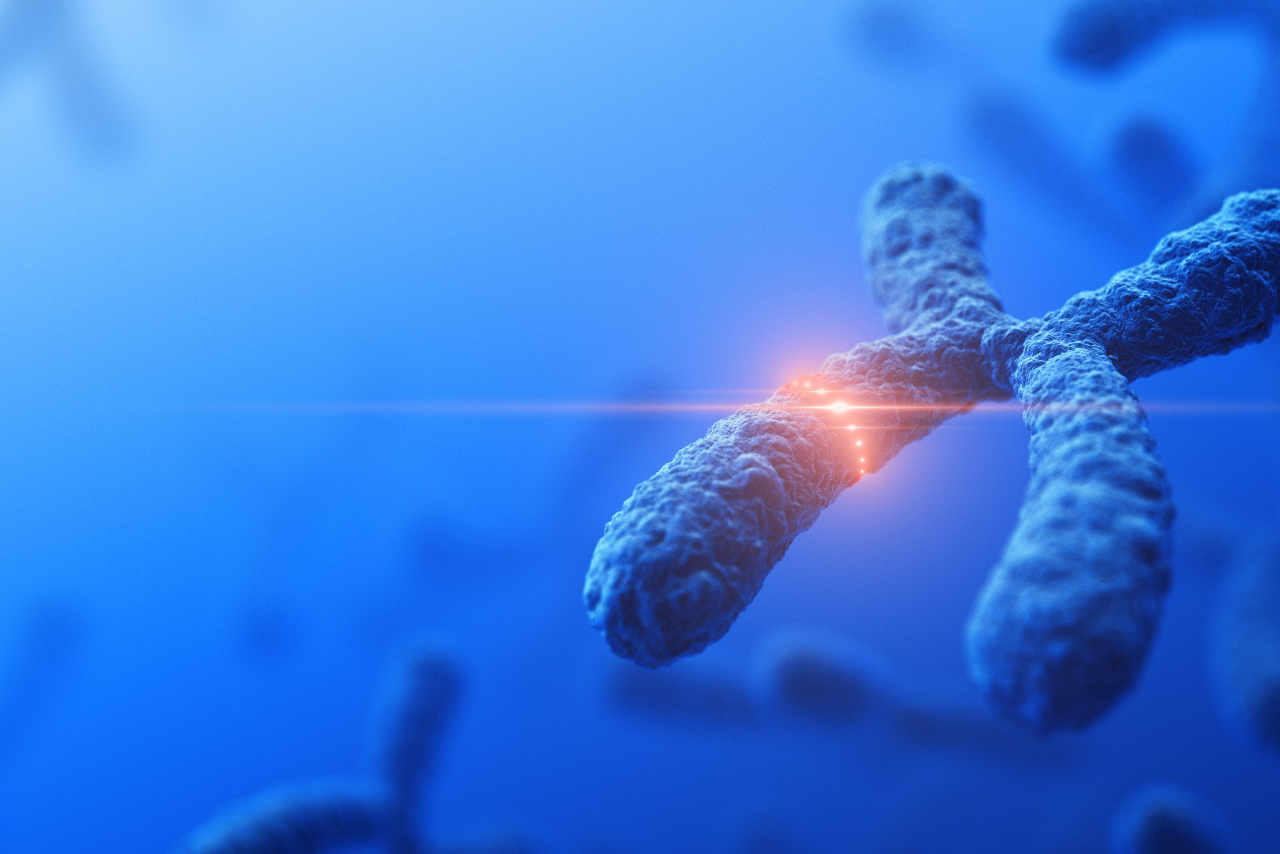

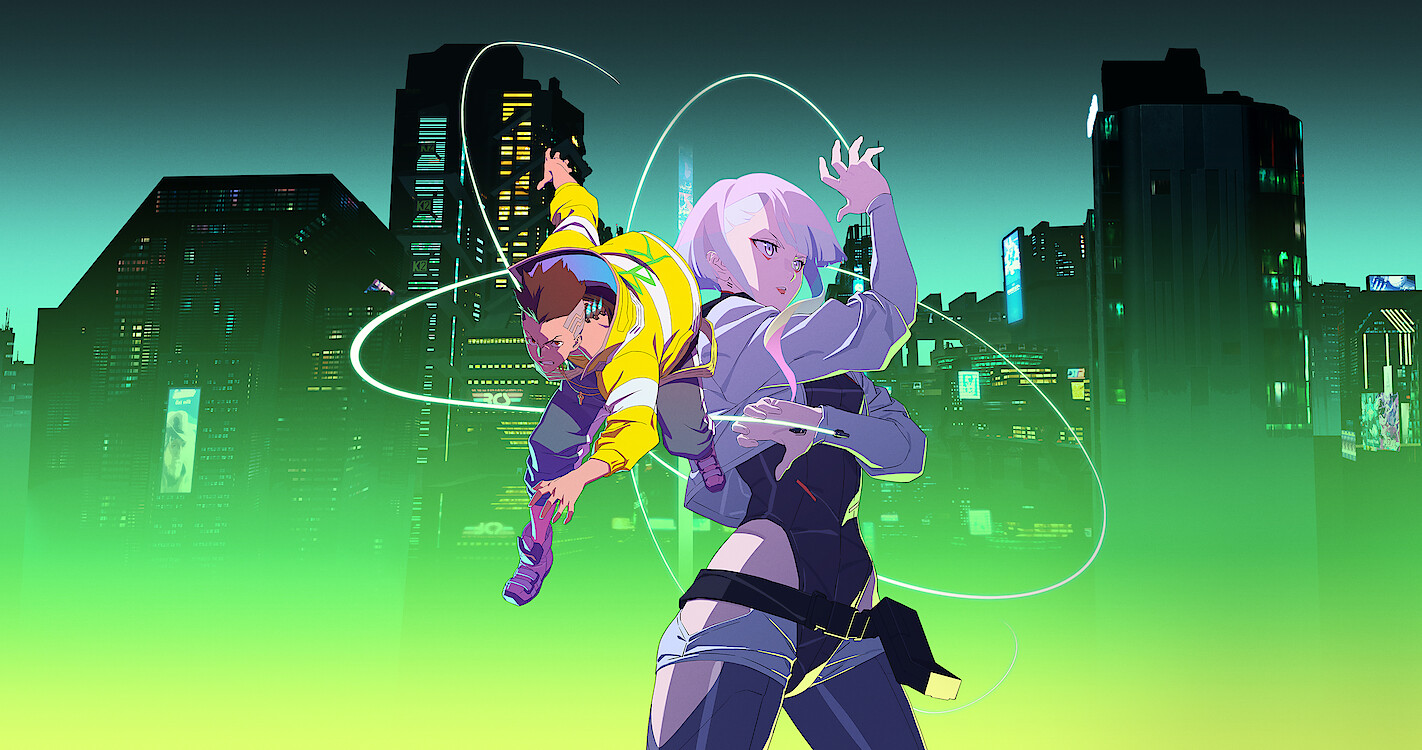
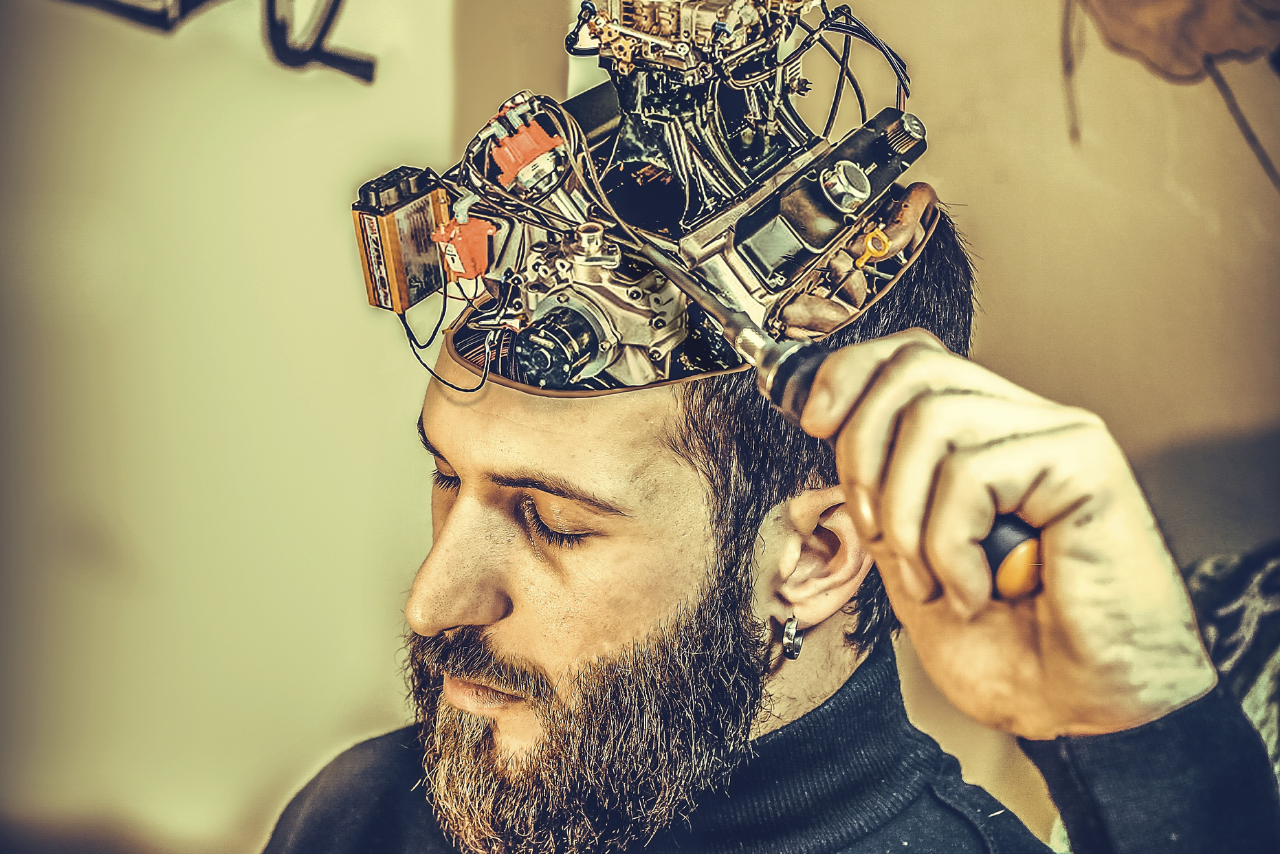
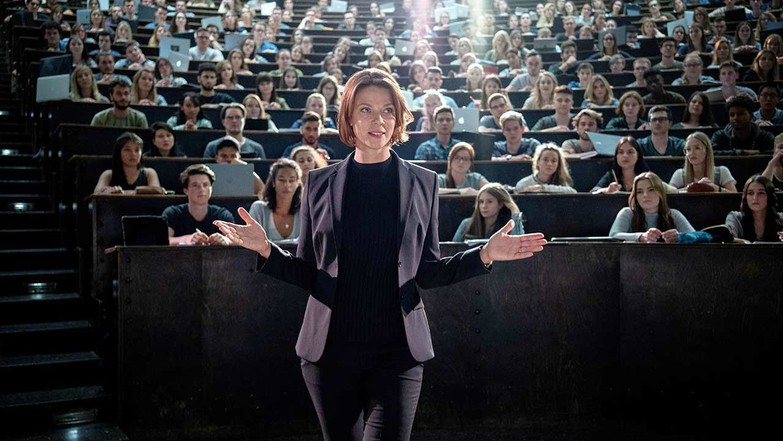
Does your blog have a contact page? I’m having a tough time locating it but, I’d like to shoot you an e-mail. I’ve got some ideas for your blog you might be interested in hearing. Either way, great site and I look forward to seeing it develop over time.
Hey,
Yeah, my contactpage is here
Looking forward to your message,
Peter
I just want to tell you that I am just new to blogging and site-building and truly enjoyed your blog. Likely I’m want to bookmark your blog . You surely have awesome well written articles. Thanks for sharing with us your website.
I simply want to say I am just very new to blogging and certainly savored your website. Likely I’m want to bookmark your site . You really have beneficial posts. Many thanks for sharing with us your web site.
This is one awesome article post.Much thanks again. Will read on…